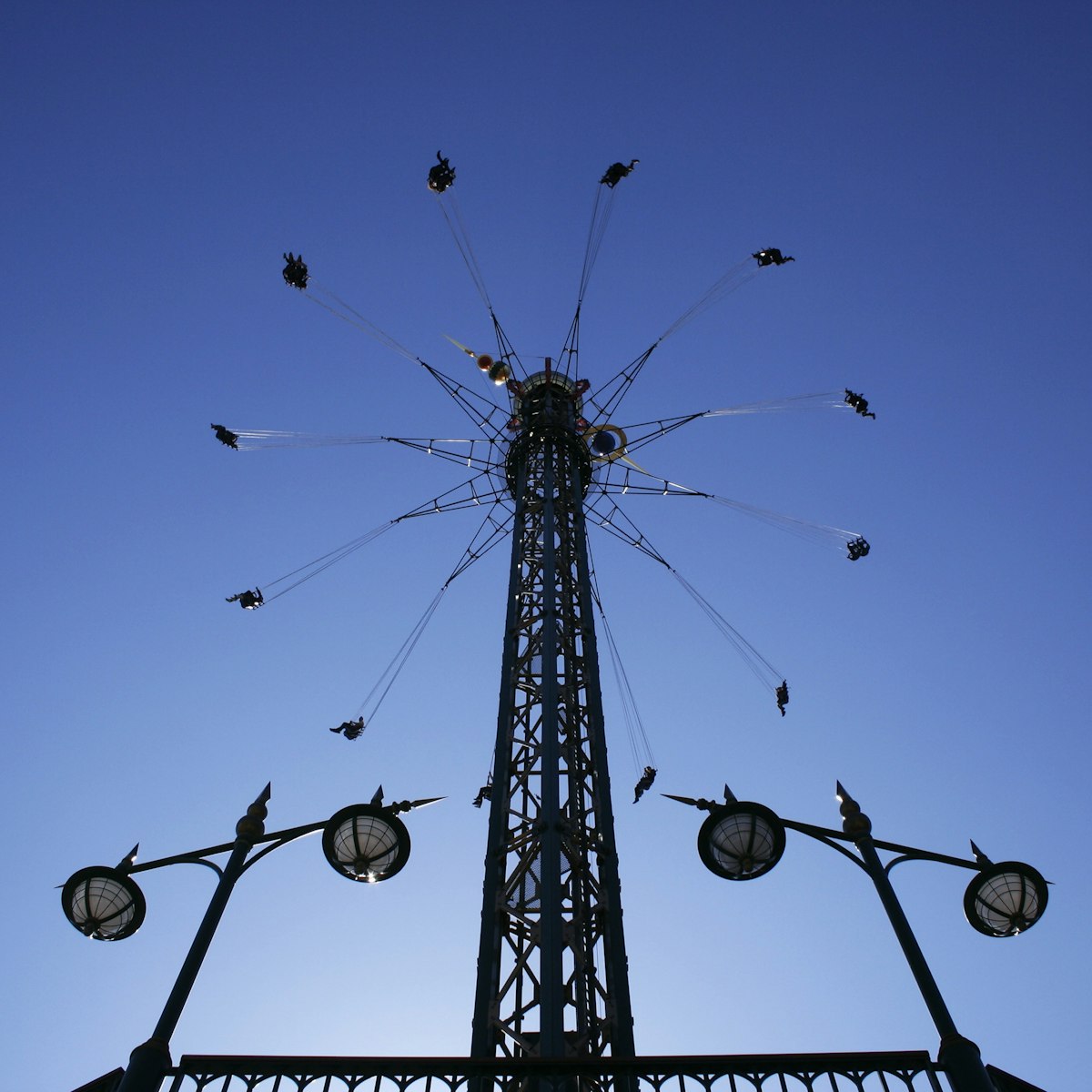The crème de la crème of Danish cathedrals, this twin-spired giant was started by Bishop Absalon in 1170, but has been rebuilt and tweaked so many times that it’s now a superb showcase of 850 years’ worth of Danish architecture. As the royal mausoleum, it contains the crypts of 37 Danish kings and queens and is now a Unesco World Heritage Site. The entry fee includes a comprehensive, full-colour 48-page guidebook.
No fewer than 11 spectacular chapels and crypts sprout from the main body of the cathedral. The chapel of King Christian IV, off the northern side of the building, contains the builder-king himself. His ocean-green coffin, surrounded by angels, is quite low-key for such an extravagant monarch. But its setting includes overly dramatic paintings of Christian’s life surrounded by trompe l’œil details, all dating from a 19th-century rebuild except for the chapel gates, so ornate that they were said to have been created by the devil himself (in conjunction with Christian’s favourite metalsmith, Caspar Fincke).
The chapel of the Magi has fantastic 15th-century frescoes (the largest in Denmark) and features the Royal Column, showing the heights of visiting princes – from the towering Christian I down to titchy Christian VII (164.1cm). The ornate Renaissance sepulchres of Christian III and Frederik II look like antique temples, guarded by halberd-bearing soldiers.
The neoclassical chapel of Frederik V whispers ‘death’ like no other part of the cathedral. You’ll find 12 members of the royal family here, all interred in white alabaster sepulchres, surrounded by skulls, angels and weeping women.
A great highlight in the nave is Christian IV’s private box, plus an intricate 17th-century pulpit (1610) made of marble, alabaster and sandstone by Copenhagen sculptor Hans Brokman. A killjoy dean disconnected the mechanism of the wonderful clock in the 18th century, annoyed that his parishioners paid more attention to it than to him, but today’s church-people have relented. St George slays the dragon on the hour, the poor beast lets out a pitiful wheeze and two ballad characters ting the bells.
In the choir, Margrethe I’s elegant sarcophagus and the shining golden altarpiece attract most attention, but don't miss the wonderfully graphic 15th-century choir-stall carvings.
Free concerts on the 16th-century baroque pipe organ are usually held in summer. See the website for timetables and for upcoming closures – it’s not unusual for the cathedral to shut for special events, especially on Saturdays for weddings.







